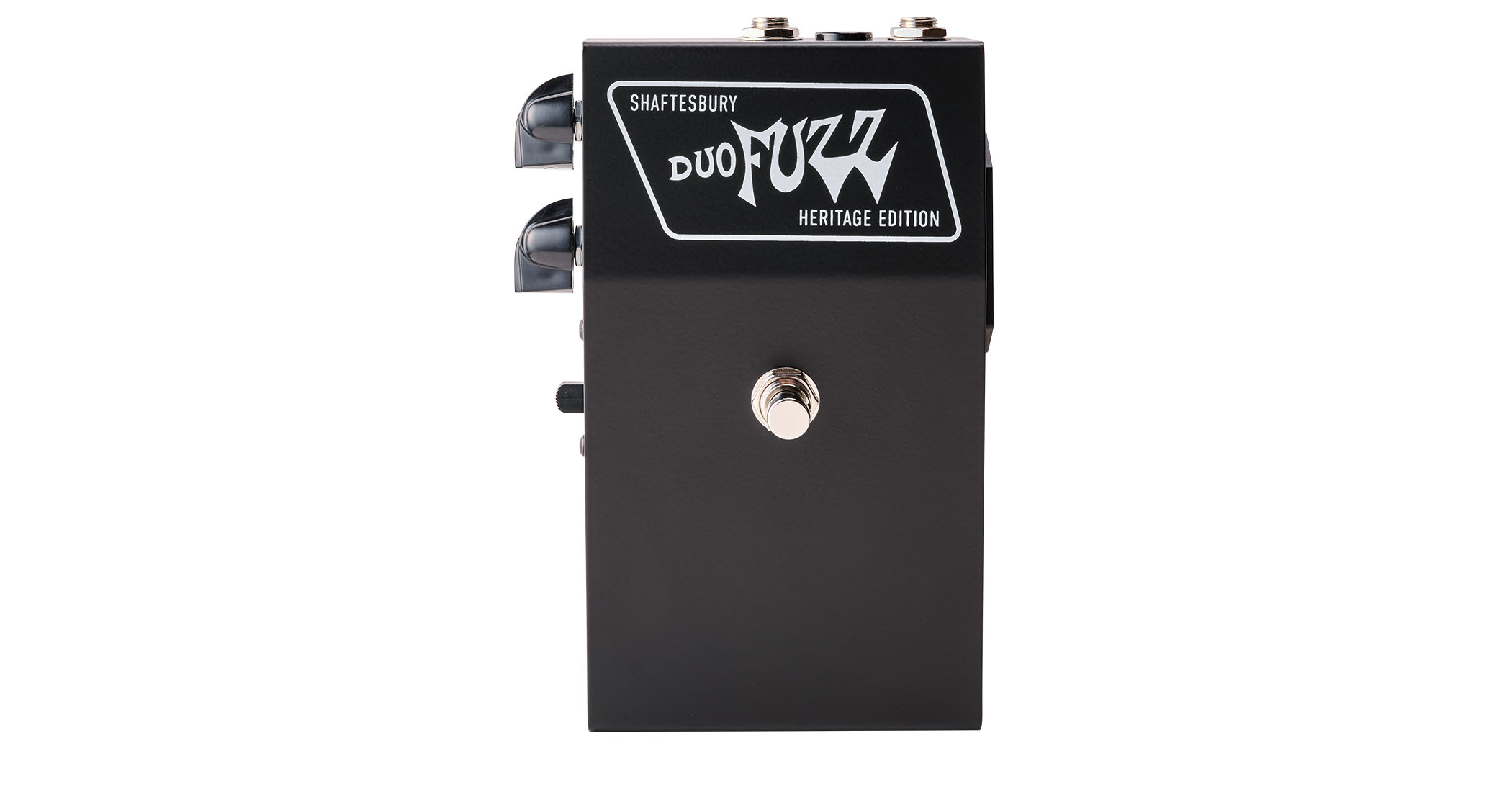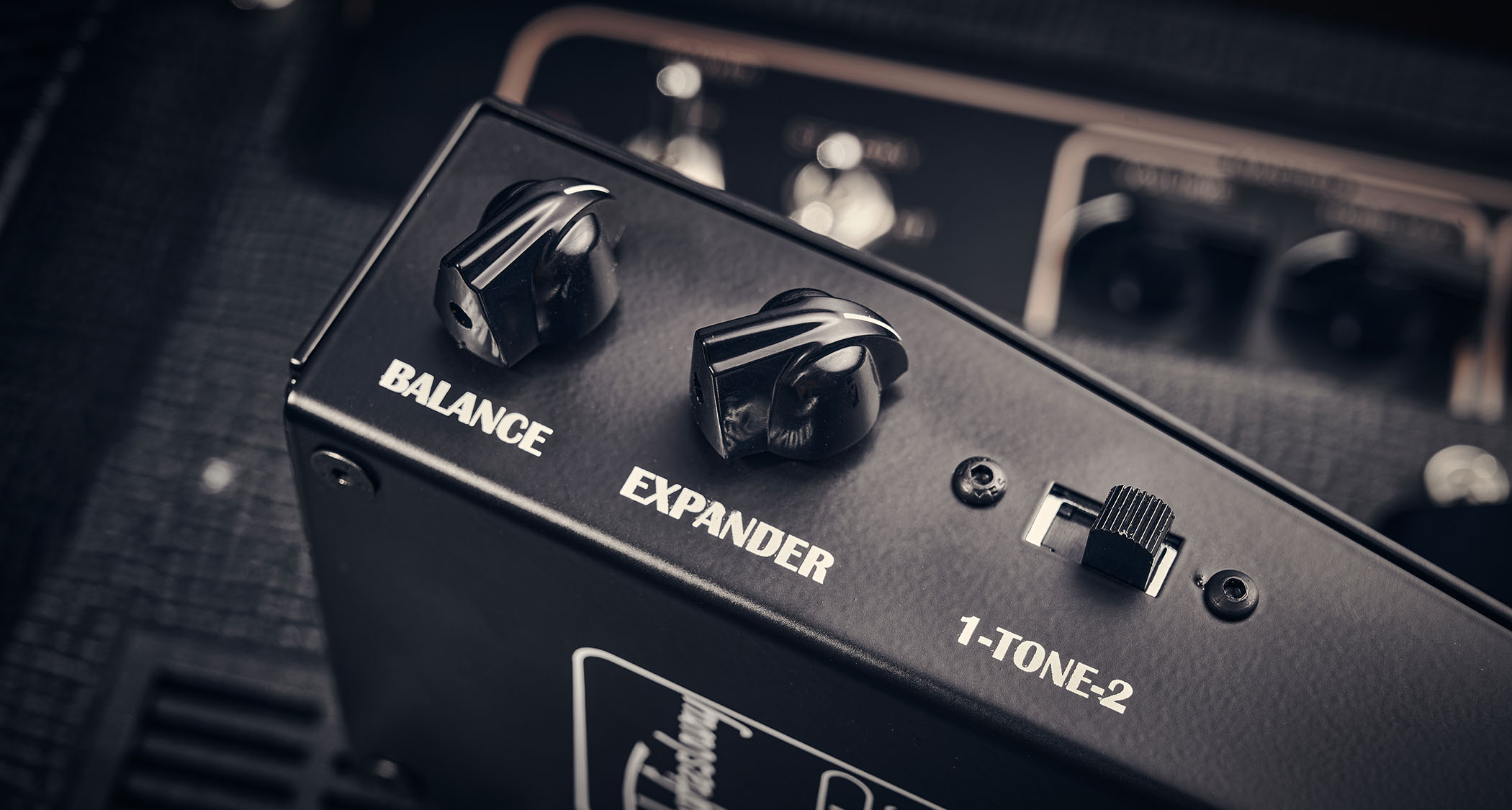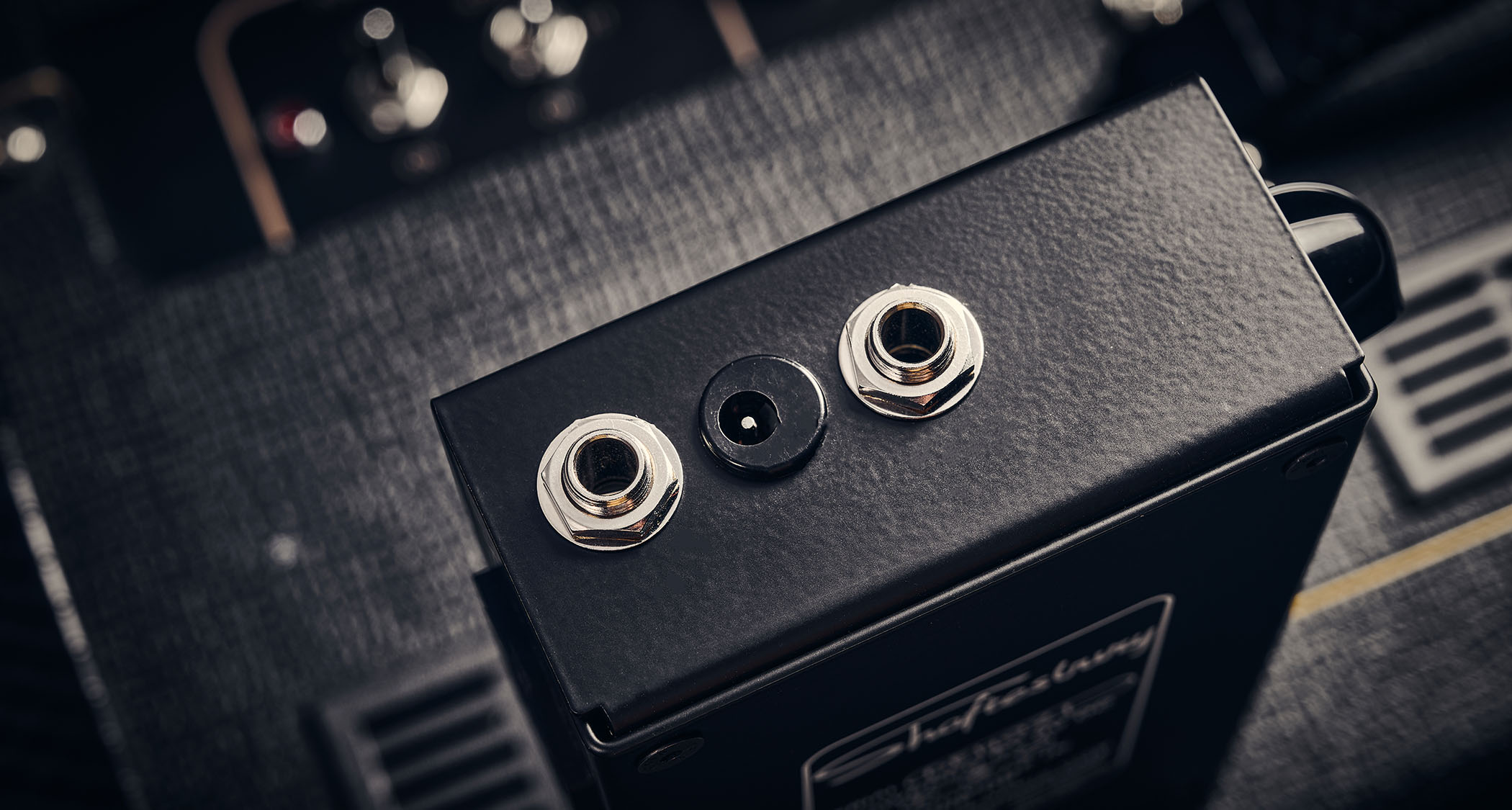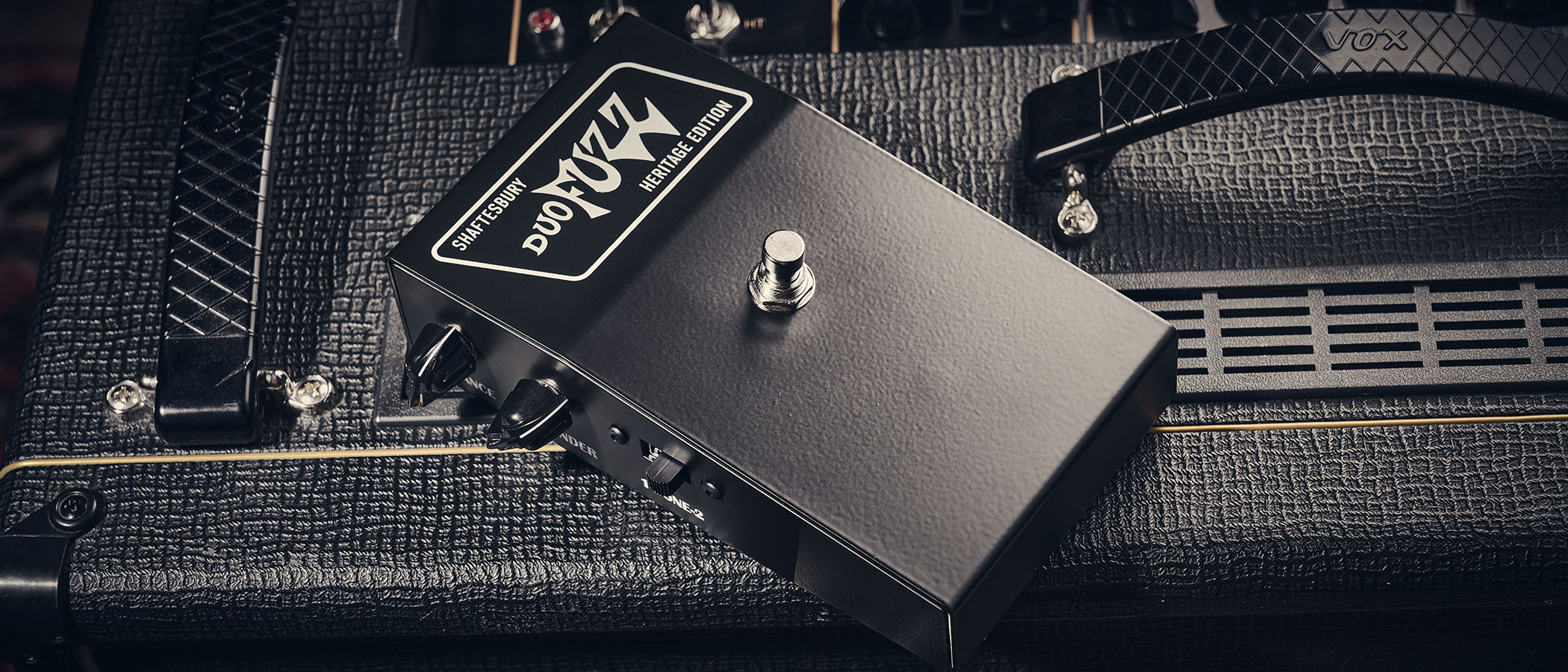Guitar World Verdict
A classic and great-sounding fuzz with two distinct flavours makes a welcome return.
Pros
- +
Resurrects the tones of vintage equipment.
- +
Two distinct tones.
- +
Sticks with the original form factor.
- +
Battery or adaptor power.
Cons
- -
No bypass LED.
- -
Large enclosure.
- -
Knobs on the side.
You can trust Guitar World
What is it?
Besides the big-hitters such as the Fuzz Face and Tone Bender, there were also a host of lesser-known fuzz pedals that had their genesis in the 1960s.
One such was the 1968 Shaftesbury Duo Fuzz, which was available from Rose-Morris who had a showroom in Shaftesbury Avenue (the store is now around the corner in Denmark Street).
The Duo Fuzz design was developed by the Shin-Ei corporation in Japan who knew it as the FY-6 and made it in several guises for a large number of different companies – it may, in fact, be better known as the Univox Super-Fuzz. Notable users back in the day were Pete Townshend (it’s all over The Who’s Live At Leeds album) and Steve Hackett of Genesis.
Various clones and evolved versions have been readily available, but the Shaftesbury Duo Fuzz is now officially back in two new iterations put together by ThorpyFX for Rose-Morris.
We have the Heritage Edition here, which follows the wedge-shaped form-factor of the original pedal and features germanium diodes. There’s also a more pedalboard-friendly Standard edition with concessions to modernity.
Specs

- PRICE: £349
- ORIGIN: UK
- TYPE: Fuzz pedal
- FEATURES: True bypass
- CONTROLS: Balance, Expander, Tone 1/2 switch, Bypass footswitch
- CONNECTIONS: Standard input, standard output
- POWER: 9V battery or 9V adaptor (not supplied) 120 mA
- DIMENSIONS: 110 (w) x 165 (d) x 45mm (h)
- CONTACT: Rose Morris
Usability and sounds

This is octave fuzz with seemingly just the right proportion of the upper octave embedded in the fuzz, which comes delivered in two flavours – Tone 1 and 2. A Balance knob controls output volume, while the Expander control turns up the intensity with more prominence for the octave at higher levels.
Tone 1 is less aggressive – it has a scoop in the midrange so the low-end is a more dominant factor, and the octave really comes across with clarity.
All the latest guitar news, interviews, lessons, reviews, deals and more, direct to your inbox!
By contrast, Tone 2 has a much more forward presence with upper-mids pushing through with something of the resonance of a cocked-wah or ring modulator.
Both are super responsive to picking dynamics and exhibit smooth volume knob clean-up. Truly excellent stuff!
Verdict
Verdict: ★★★★½

We totally get the thinking behind the Heritage Edition’s adherence to the original form factor and components, making it available for those who appreciate that aesthetic (especially seeing as an original Duo Fuzz unit is now rare and expensive).
For those of a more practical bent, the Standard Edition’s size and footswitching flexibility will be the go-to
However, for those of a more practical bent, the Standard Edition’s size and footswitching flexibility will be the go-to for adding this particular fuzz flavour to your rig. You choose!
Guitar World verdict: A classic and great-sounding fuzz with two distinct flavours makes a welcome return.
Hands-on videos
Rose Morris
That Pedal Show
![Fancy A Different Fuzz? [Outside-The-Norm Fuzzers: Tru-Fi, Rush, Pigdog, Analog Man, Shaftesbury] - YouTube](https://img.youtube.com/vi/pQGnvcOmZMA/maxresdefault.jpg)
John Nathan Cordy

- This article first appeared in Guitarist. Subscribe and save.
Trevor Curwen has played guitar for several decades – he's also mimed it on the UK's Top of the Pops. Much of his working life, though, has been spent behind the mixing desk, during which time he has built up a solid collection of the guitars, amps and pedals needed to cover just about any studio session. He writes pedal reviews for Guitarist and has contributed to Total Guitar, MusicRadar and Future Music among others.
You must confirm your public display name before commenting
Please logout and then login again, you will then be prompted to enter your display name.



